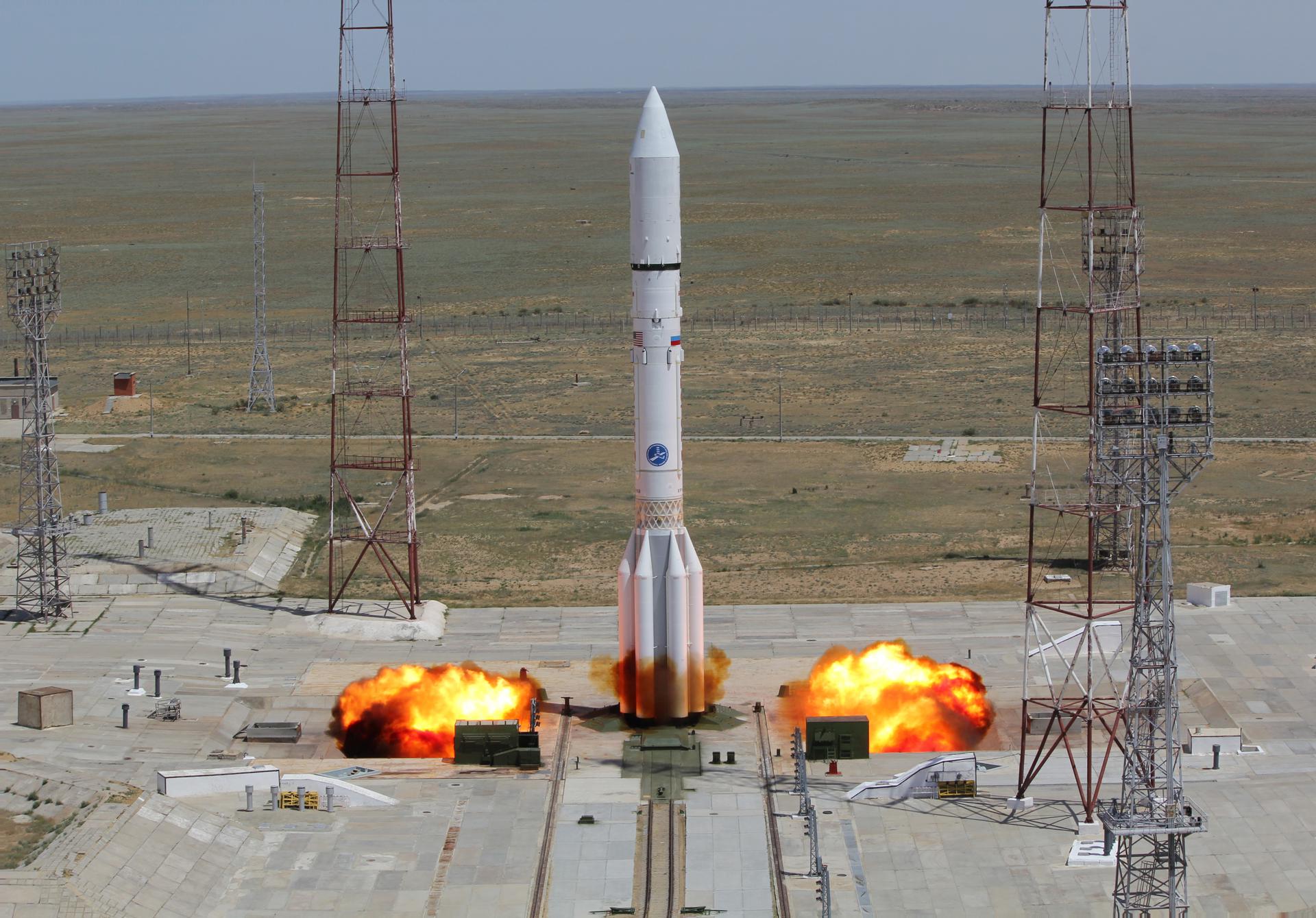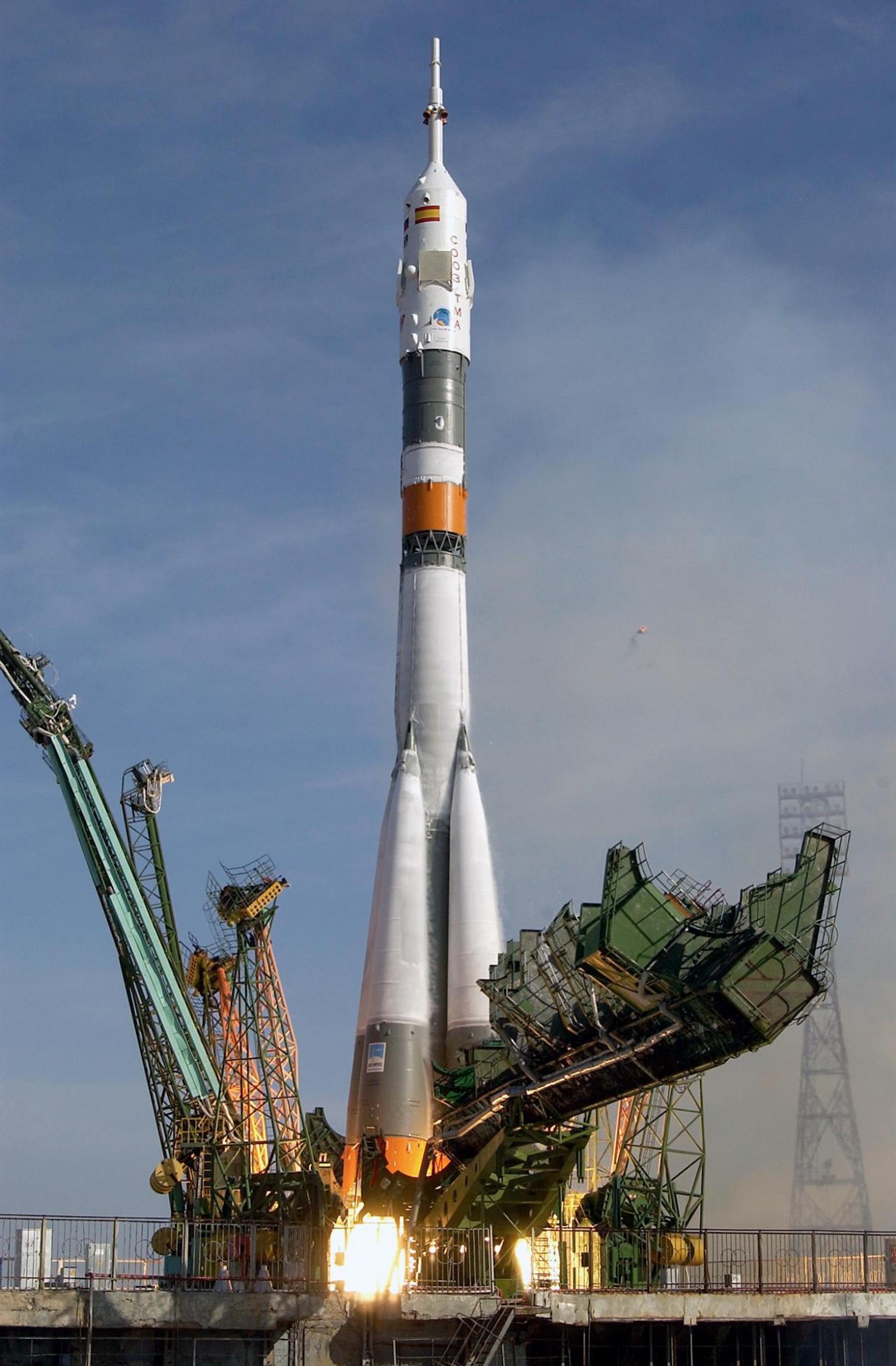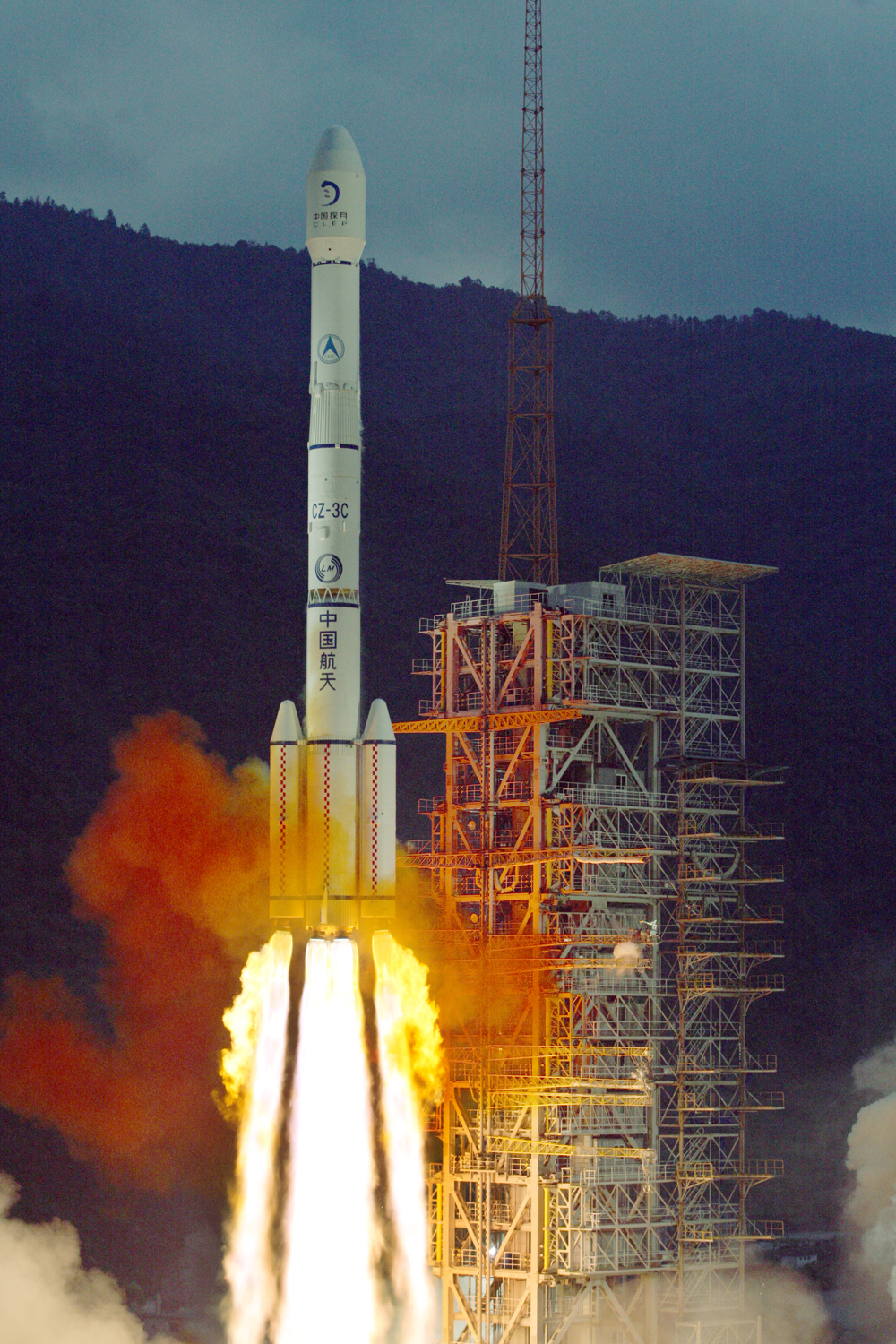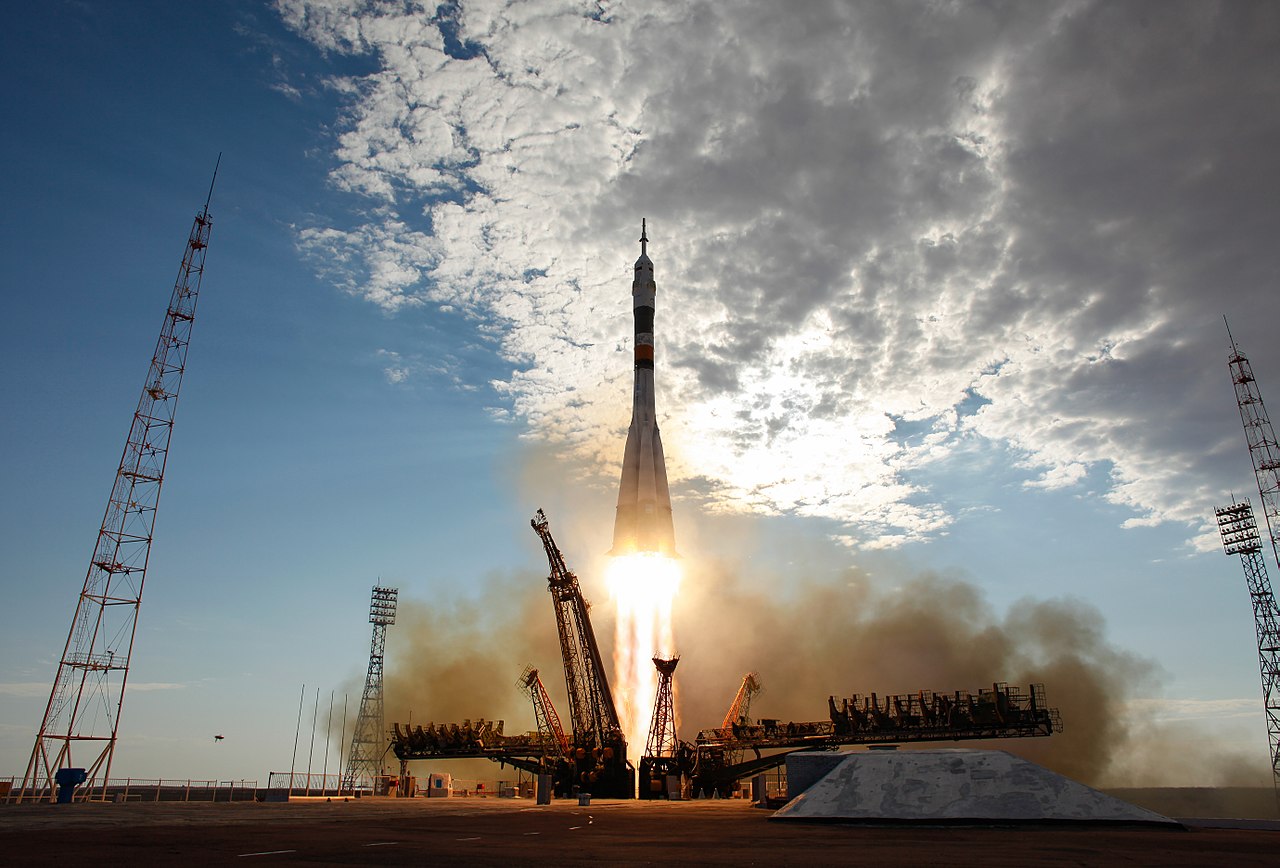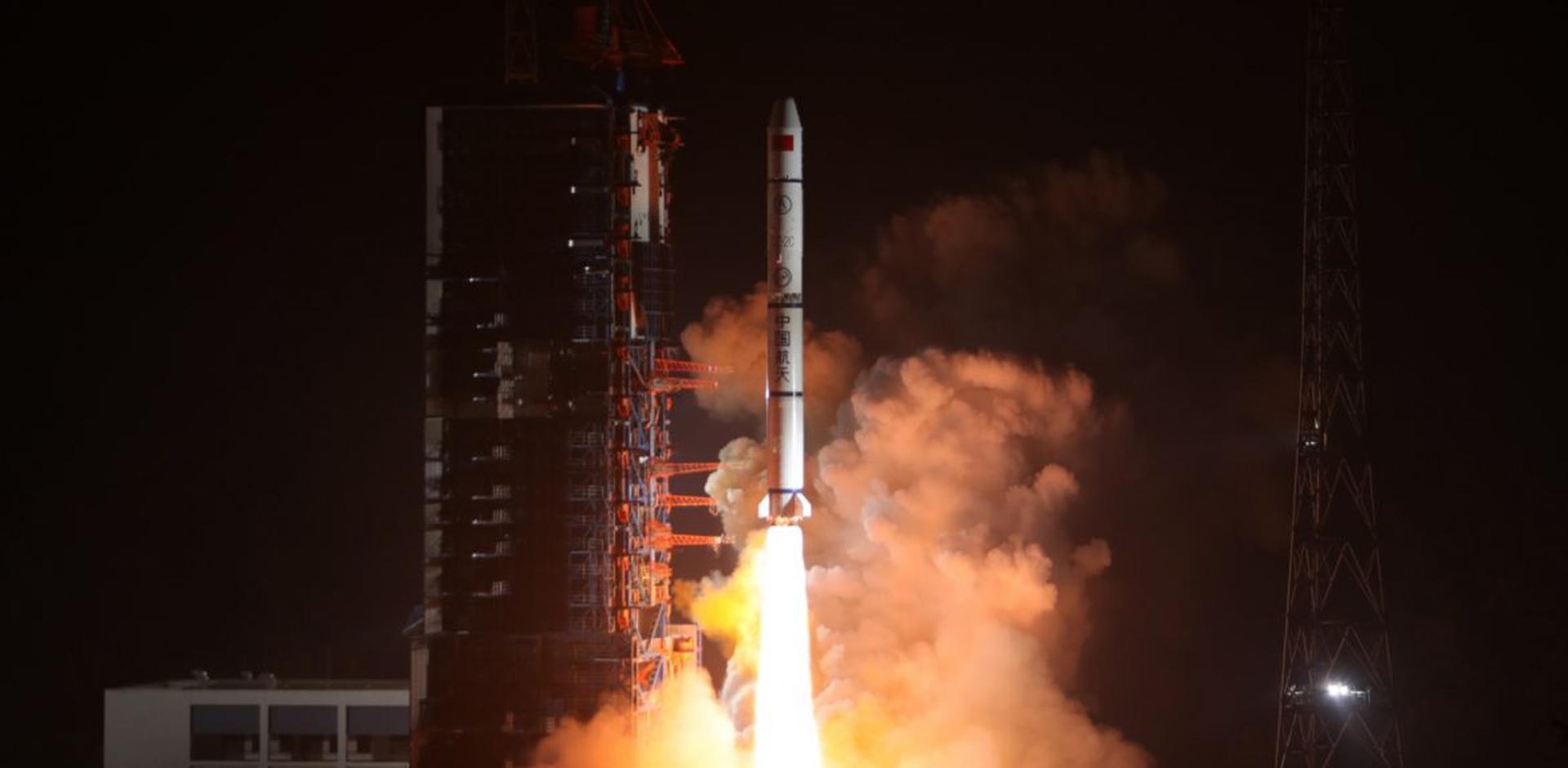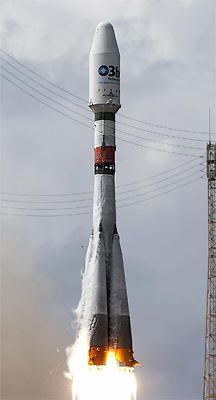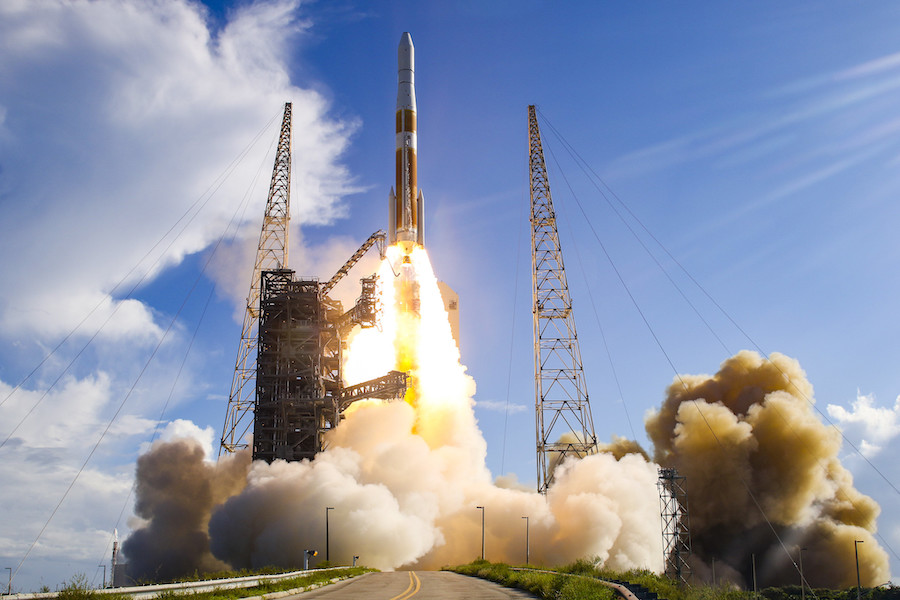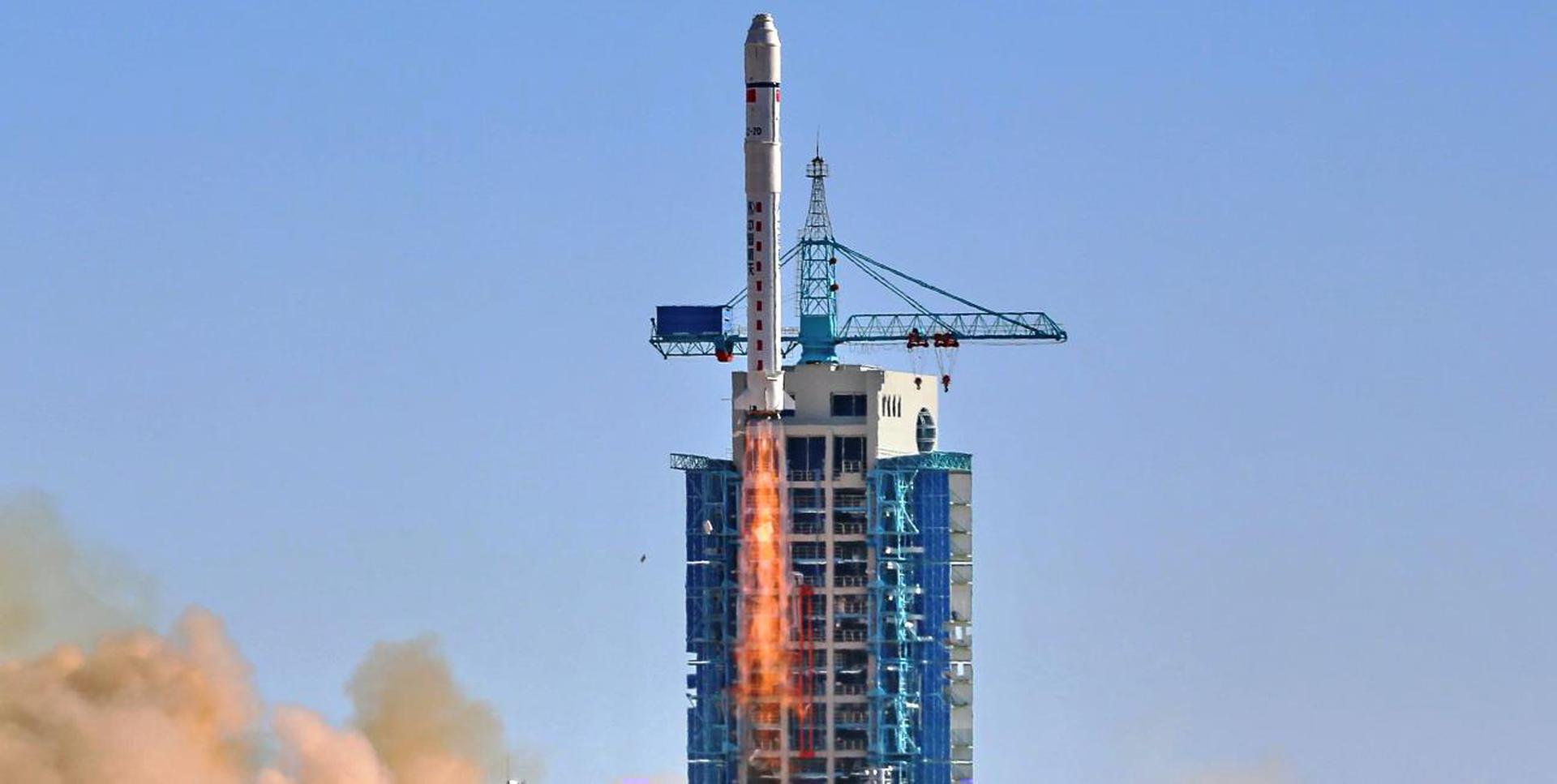Previous Spaceflight Launches
Filter by Agency, Locations or Vehicles
Show All LaunchesProton-M / Briz-M Enhanced | Luch 5B & Yamal-300K
Khrunichev State Research and Production Space Center | RussiaBaikonur Cosmodrome, Republic of Kazakhstan
Nov. 2, 2012, 9:04 p.m.
Soyuz-U | Progress M-17M (49P)
Russian Federal Space Agency (ROSCOSMOS) | RussiaBaikonur Cosmodrome, Republic of Kazakhstan
Oct. 31, 2012, 7:41 a.m.
Long March 3C | Compass-G6
China Aerospace Science and Technology Corporation | ChinaXichang Satellite Launch Center, People's Republic of China
Oct. 25, 2012, 3:33 p.m.
Soyuz FG | Soyuz TMA-06M
Progress Rocket Space Center | RussiaBaikonur Cosmodrome, Republic of Kazakhstan
Oct. 23, 2012, 10:51 a.m.
Status: Launch Successful
Mission:
Soyuz TMA-06M begins expedition 33 by carrying 3 astronauts and cosmonauts to the International Space Station. Russian Commander, cosmonaut Oleg Novitskiy alongside Flight Engineers, Evgeny Tarelkin (RSA) & Kevin A. Ford (NASA) will launch aboard the Soyuz spacecraft from the Baikonur Cosmodrome in Kazakhstan and then rendezvous with the station. It landed on 16 March 2013, 03:11 UTC
Low Earth OrbitProton-M / Briz-M Enhanced | Intelsat 23
Khrunichev State Research and Production Space Center | RussiaBaikonur Cosmodrome, Republic of Kazakhstan
Oct. 14, 2012, 8:37 a.m.
Long March 2C/SMA | Shijian 9A & Shijian 9B
China Aerospace Science and Technology Corporation | ChinaTaiyuan Satellite Launch Center, People's Republic of China
Oct. 14, 2012, 3:25 a.m.
Soyuz STB/Fregat-MT | Galileo L2 (IOV FM03-FM04)
Progress Rocket Space Center | RussiaGuiana Space Centre, French Guiana
Oct. 12, 2012, 6:15 p.m.
Status: Launch Successful
Mission:
The 3rd and 4th In Orbit Validation satellites of the Galileo constellation. The Galileo constellation is ESA's satellite navigation system and is expected to be completed by 2020. Galileo will provide Europe with an alternative to the American GPS and Russian GLONASS constellations, but will be interoperable with both systems.
Medium Earth OrbitFalcon 9 v1.0 | SpX CRS-1
SpaceX | United States of AmericaCape Canaveral SFS, FL, USA
Oct. 8, 2012, 12:35 a.m.
Status: Launch was a Partial Failure
Mission:
This was the third flight for the uncrewed Dragon cargo spacecaft and the first SpaceX mission under their Commercial Resupply Services contract with NASA. Dragon delivered various cargo to the staion, and returned after being berthed to the station for 17 days. The spacecraft landed in the Pacific Ocean and was recovered by SpaceX.
Low Earth Orbit B0006 - Maiden Flight Atlantic OceanDelta IV M+(4,2) | GPS IIF-3 (USA-239)
United Launch Alliance | United States of AmericaCape Canaveral SFS, FL, USA
Oct. 4, 2012, 12:10 p.m.
Long March 2D | VRSS-1
China Aerospace Science and Technology Corporation | ChinaJiuquan Satellite Launch Center, People's Republic of China
Sept. 29, 2012, 4:12 a.m.
